|
How the postal service
began
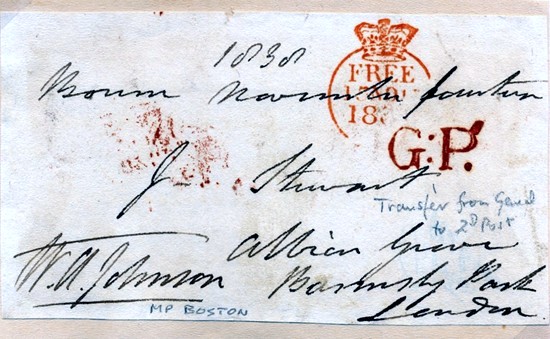
The first letters were carried during the 12th century by
messengers appointed by Henry I and this led to the establishment of
posting houses where they could change horses. Postal marking was
introduced by Edward II and in 1516, Henry VIII created the Royal Mail
with a regular system of post roads, houses and staff. From this time
through to the postal reforms of 1839-1840, it was most common for the
recipient to pay the postage, although it was possible to prepay the
charge at the time of sending.
Early letters were carried by horses and then stagecoaches, deposited at
posting houses or coaching inns and paid for through a fee at Excise
Offices, and then sent on their way. The first post carried through
Lincolnshire was in 1536 during popular uprisings in the county and
Yorkshire against Henry VIII's break with the Roman Catholic Church and
the Dissolution of the Monasteries, as well as other specific political,
social and economic grievances. This resulted in post roads being
established in Lincoln, Sleaford and Stamford, but it was not until the
introduction of stagecoaches in the 18th century that made small towns
prosperous and therefore a worthwhile call that Bourne was included in the
service.
An Excise Office was established in 1808 at the Angel Hotel in the market
place at Bourne, stopping point for all of the stagecoaches which passed through
the town and where makers of a wide range of goods were required to pay
their necessary duties as well as that on letters to be carried. Here the
money was collected and the sealed items duly stamped with the name of the
town, usually with a circular wooden die and a written note of the postage
to be paid.
Prior to 1845, correspondence was not enclosed in an
envelope. The letters were usually on a single sheet of paper and written
in ink with a quill pen then folded to hide the contents and protected
with a wax seal before being addressed and postmarked on the outside. Some of the earliest surviving
posts recorded in Lincolnshire date
from the 18th century such as Sleaford (1707), Boston (1716), Folkingham
(1730) and Colsterworth (1762) but the first known from Bourne are dated
1747.
The arrangement changed completely with the arrival of the uniform penny post
in 1840 requiring the sender to pay and the penny black became the world’s first postage stamp
and it is this system that has since evolved into that which we have today.
Early stationery posts are known as entires and are eagerly sought by collectors
today because in many cases, earlier generations prized only the printed
or embossed stamps which were cut from the sheet, thus destroying its
value.
Complete entires are therefore today's target for collectors and several are in the
possession of Gilbert Smith,
aged 70, a retired painter and decorator and keen philatelist, of Forest
Avenue, Bourne, who also lectures locally and throughout East Anglia on the subject.
He is also a member of the Royal Philatelic Society, vice-president of the
Peterborough Philatelic Society and of the East Midlands & East Anglian
Philatelic Federation of which he is also a judge and is due to be
president in 2012. The entires reproduced
below are from his collection.
|
EARLY POSTAL ITEMS |
|
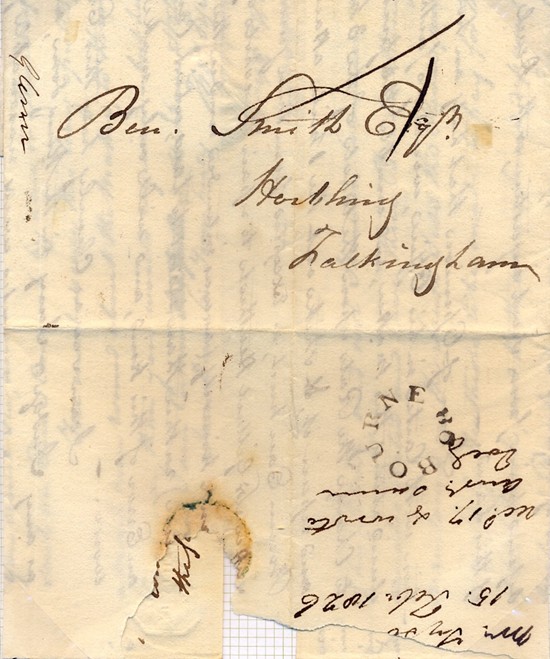 |
|
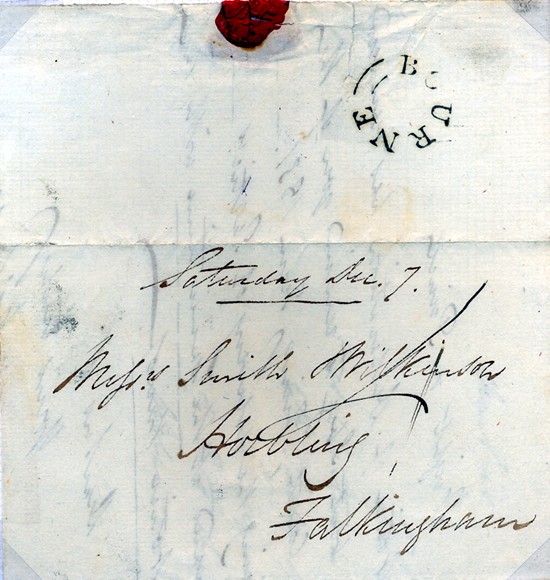 |
|
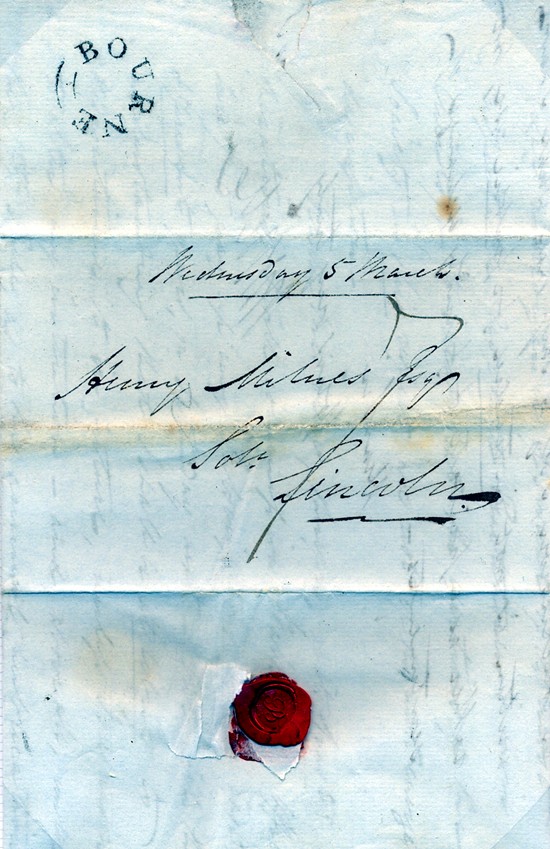 |
|
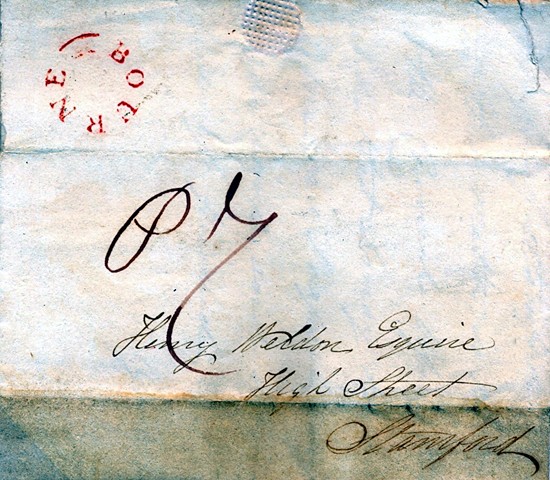 |
|
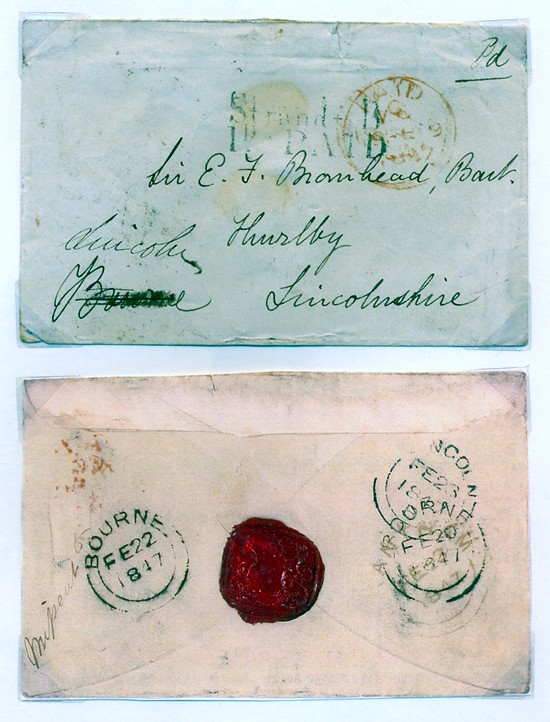 |
|
The last item is a rare postal curiosity in
that it was sent from London in 1847 to Sir E F Bromhead at Thurlby
Hall, near Lincoln, but was wrongly sent to Thurlby, near Bourne,
and from there it was redirected to the correct address. |
WRITTEN JANUARY 2011
See also
Early days on the road
The Post Office
Memories of the
mail cart

Go to:
Main Index Villages
Index
|





